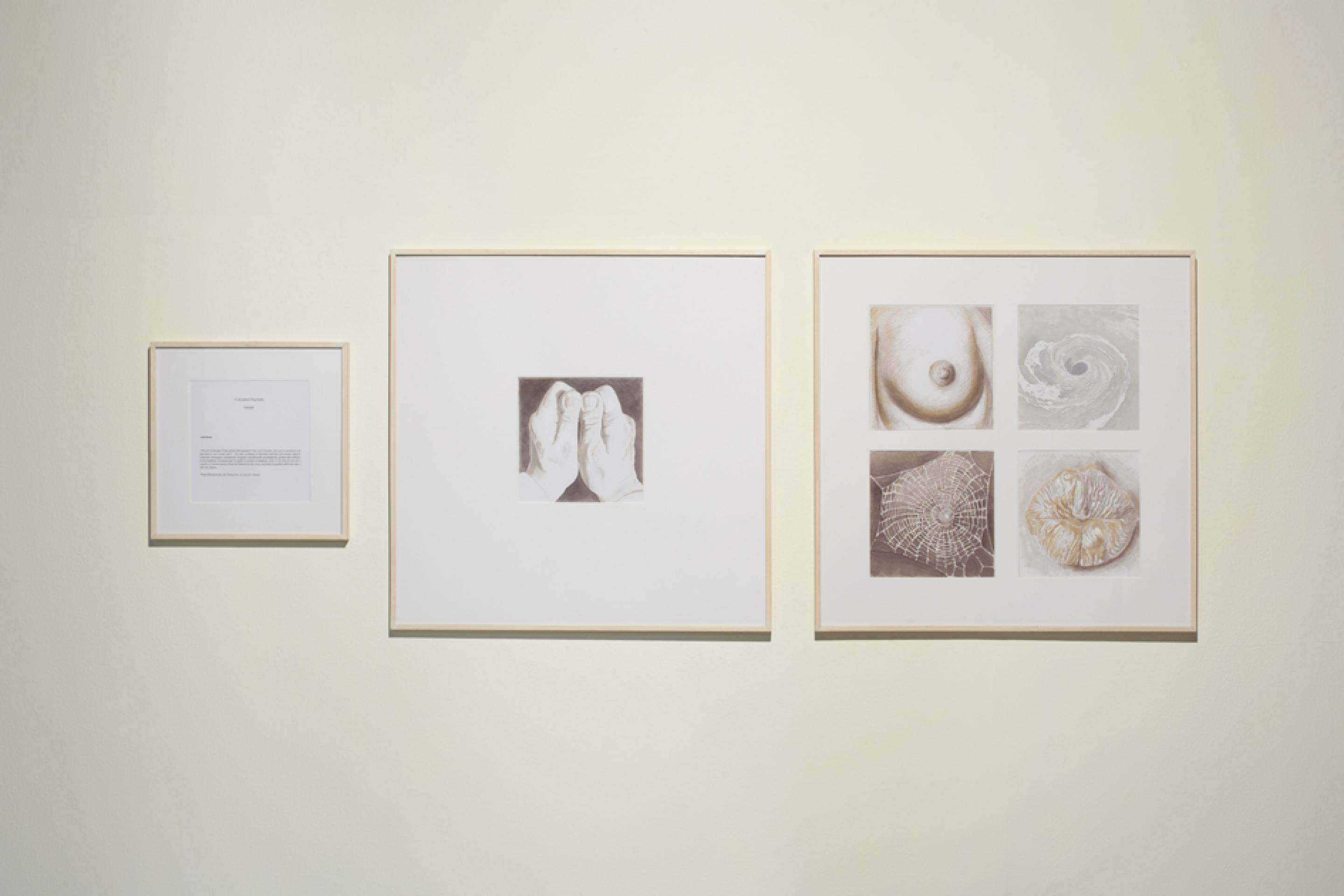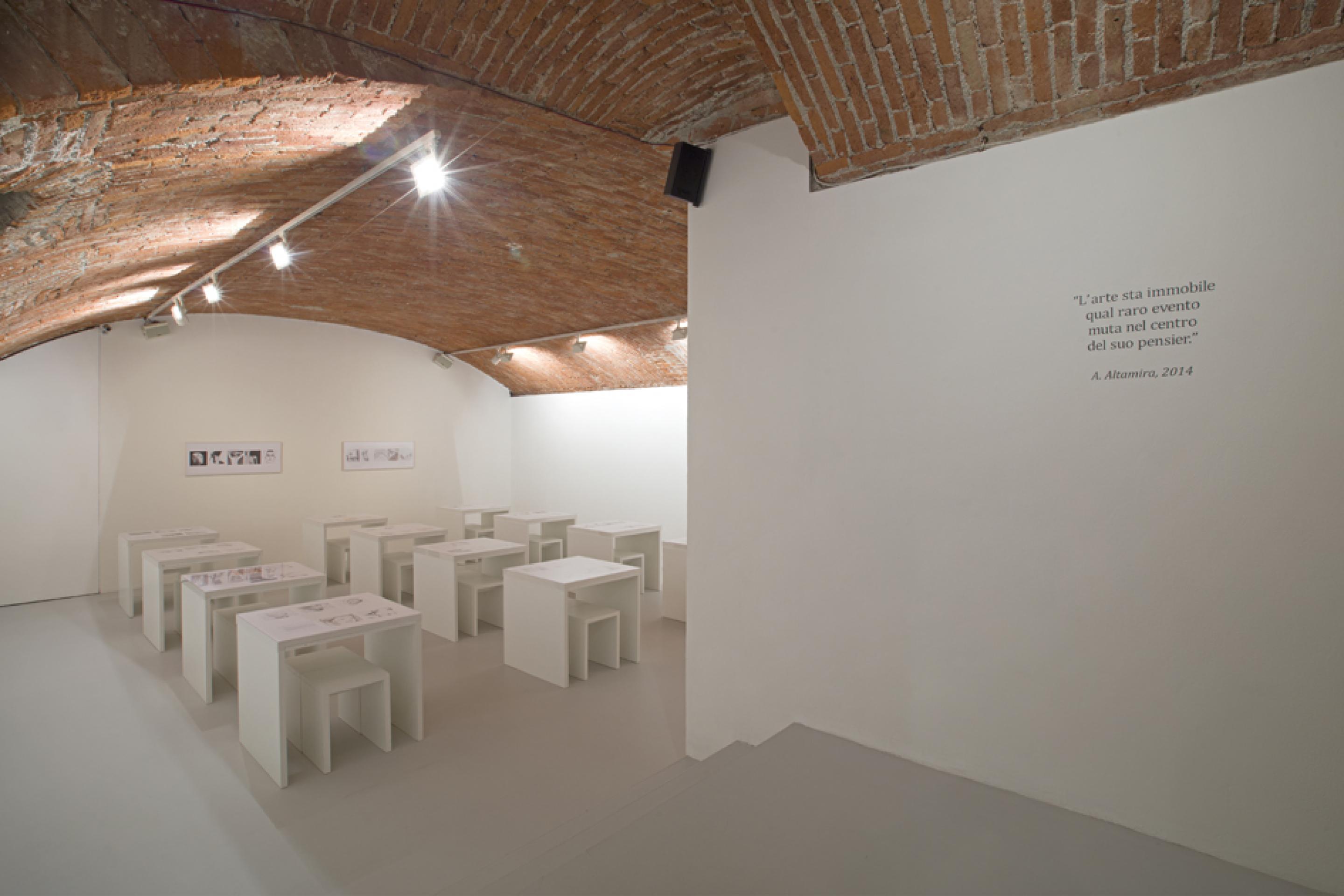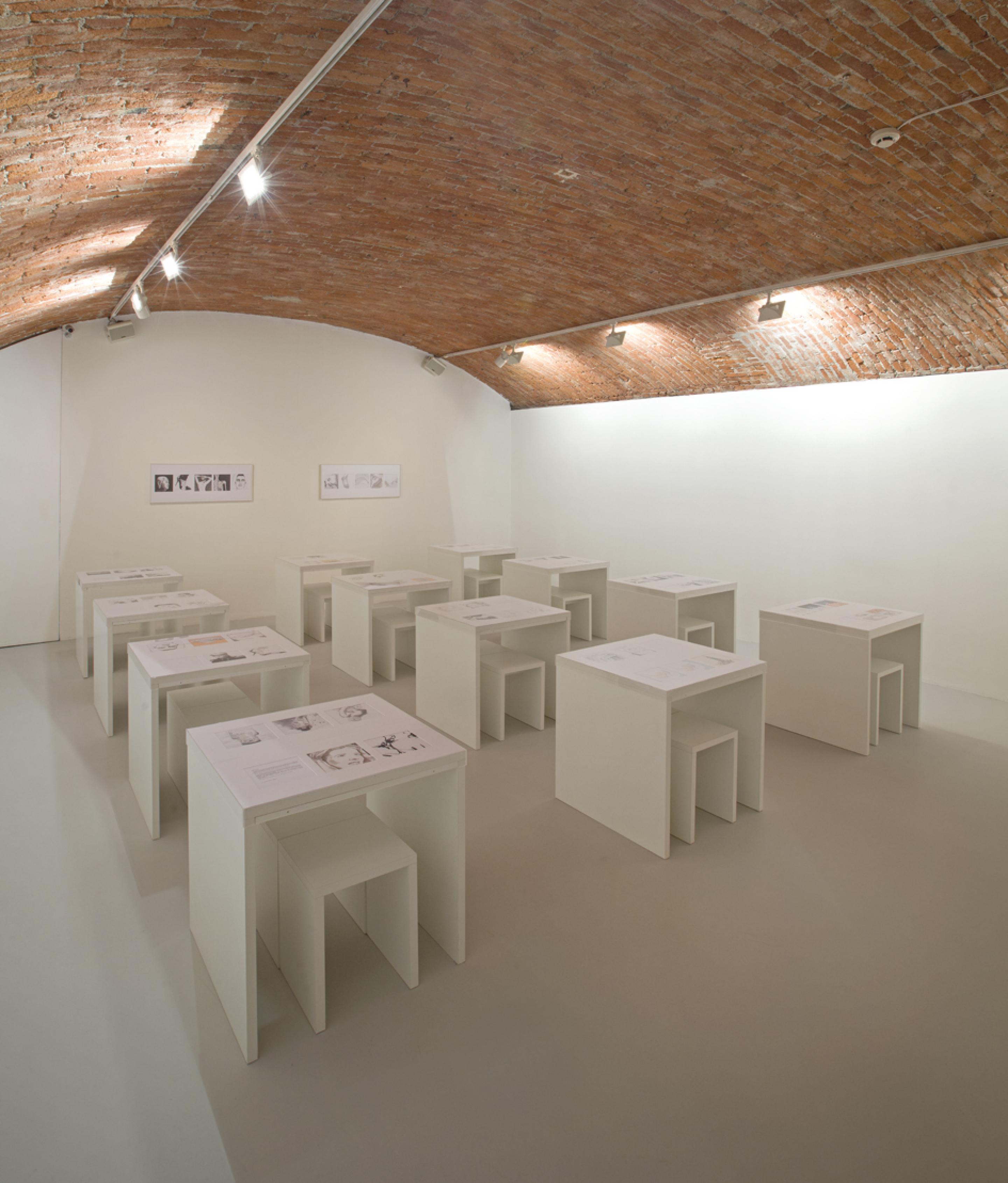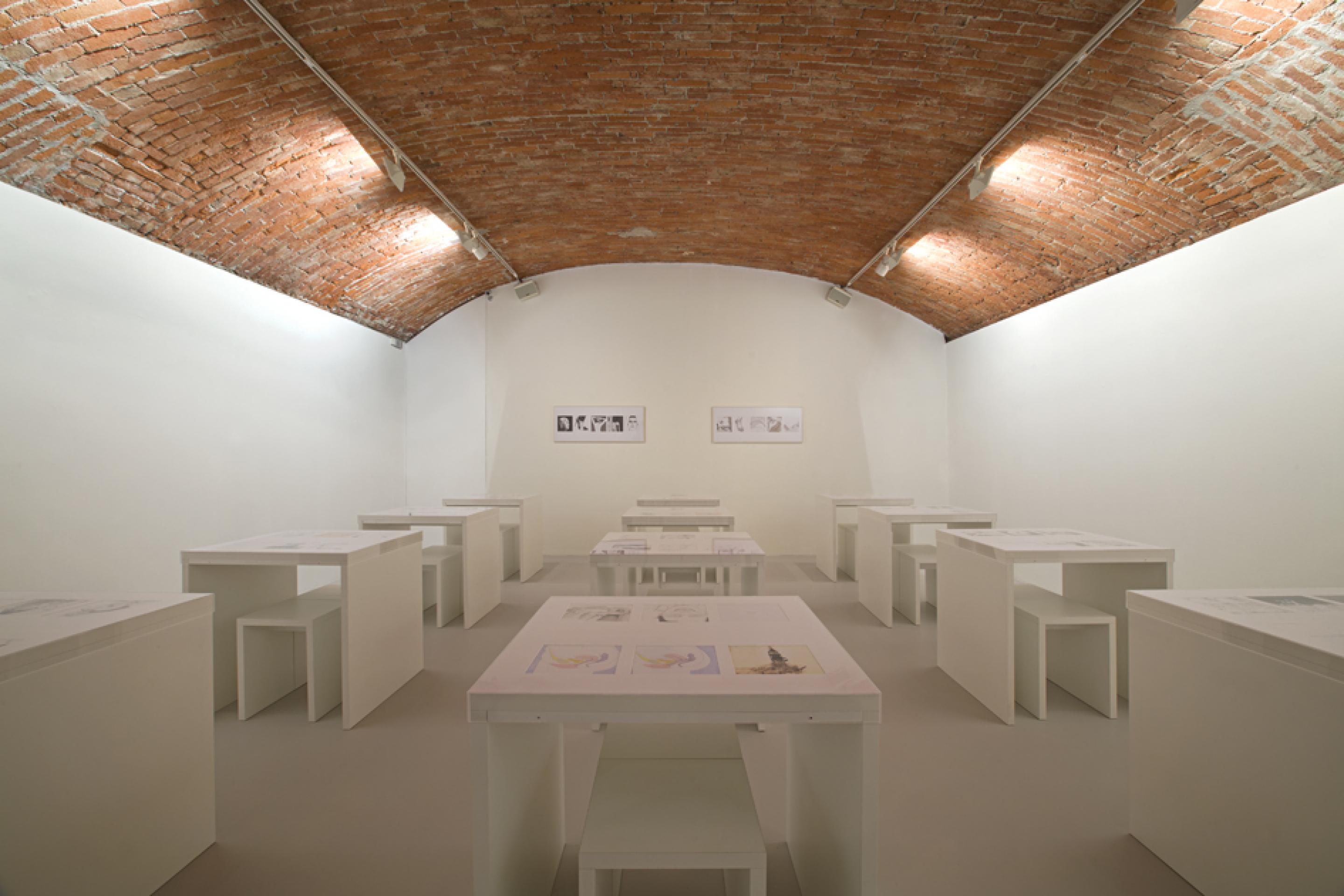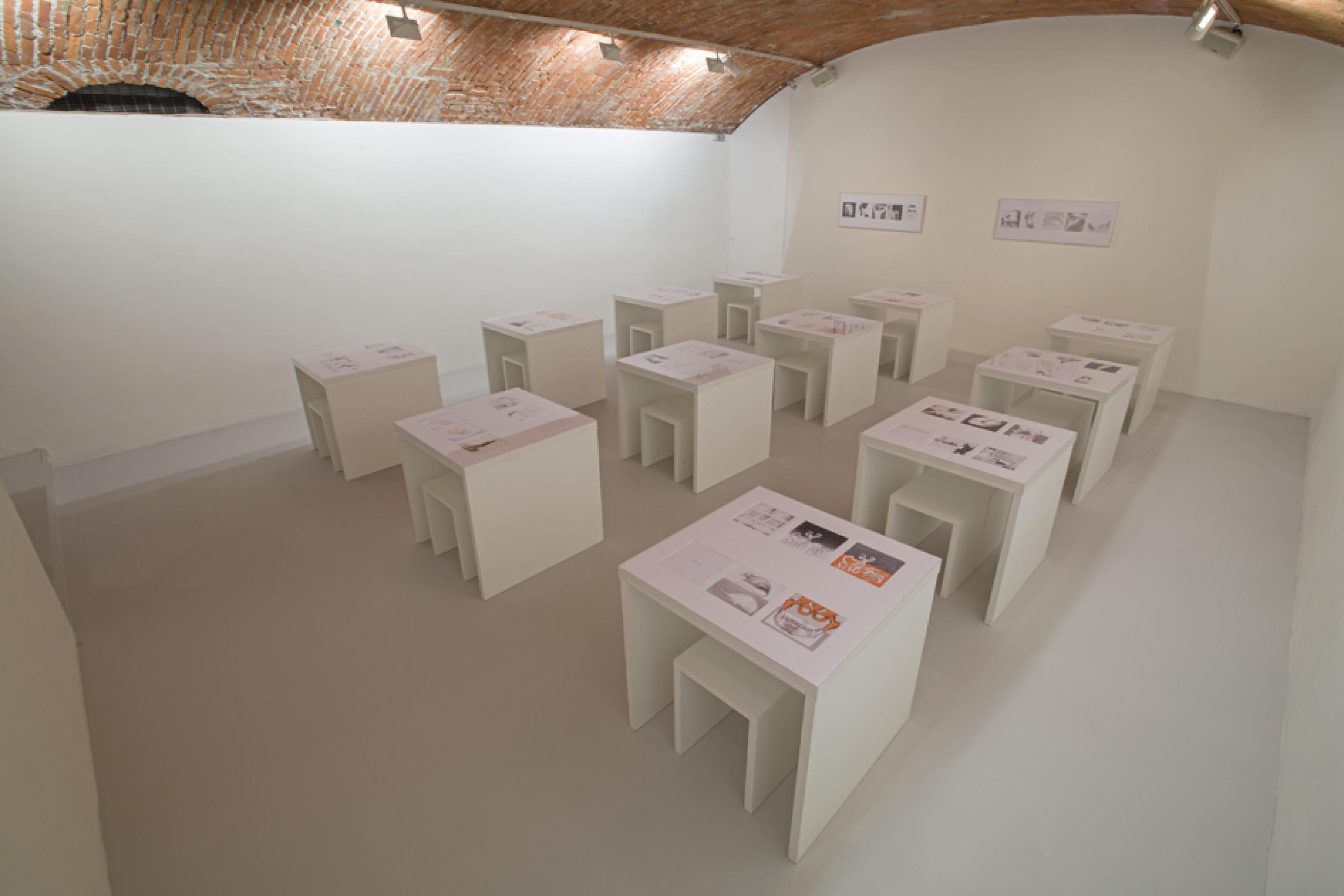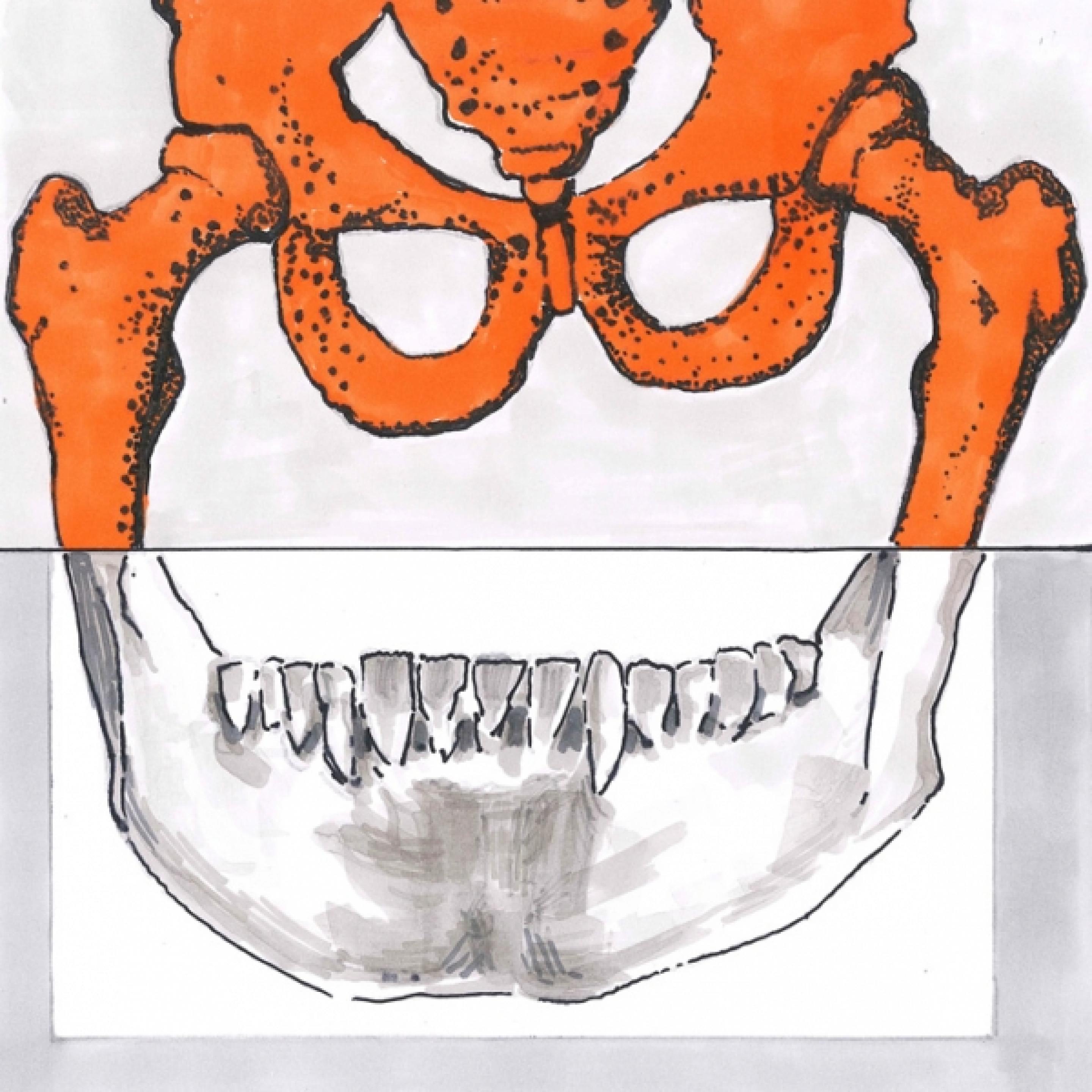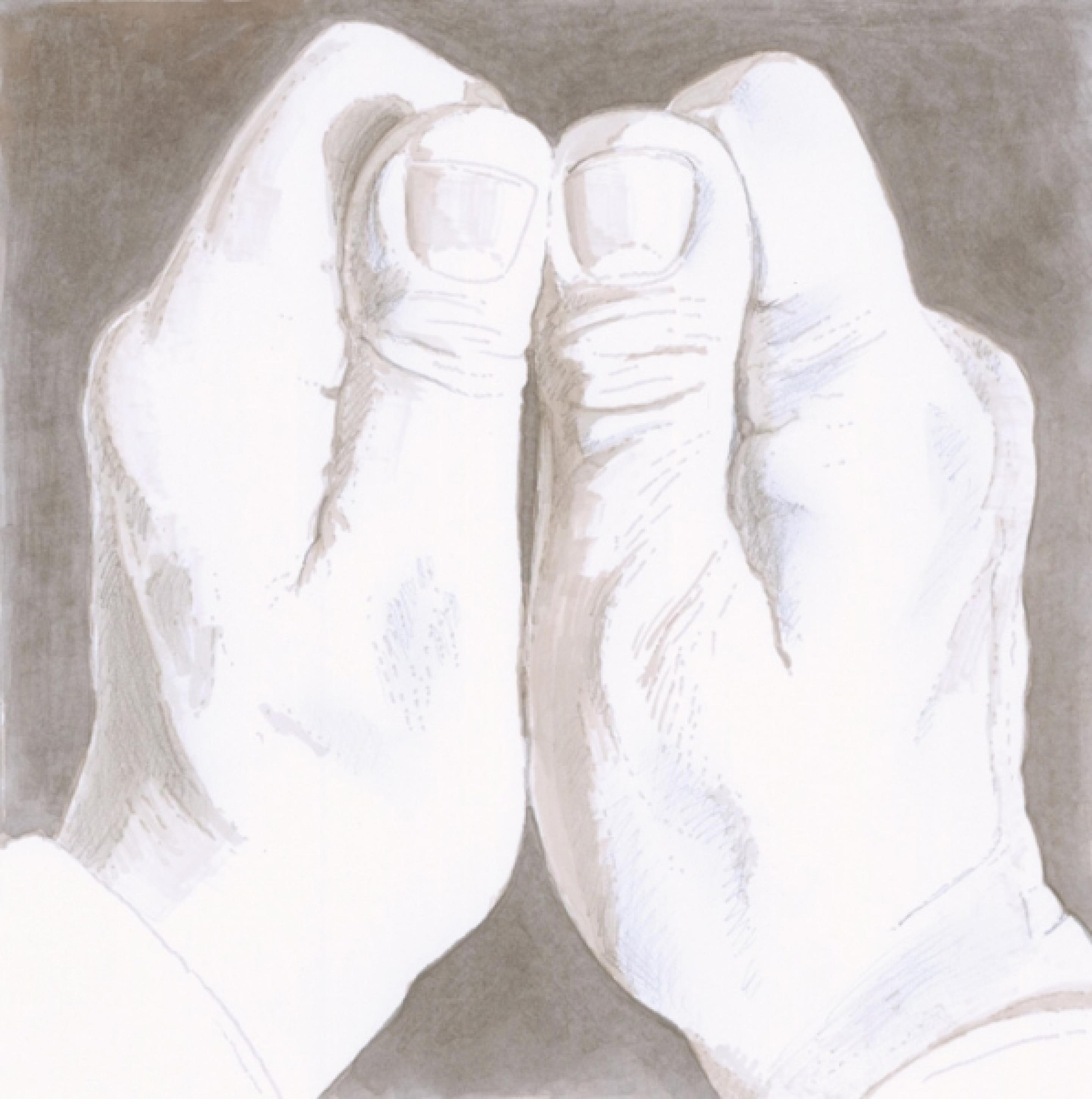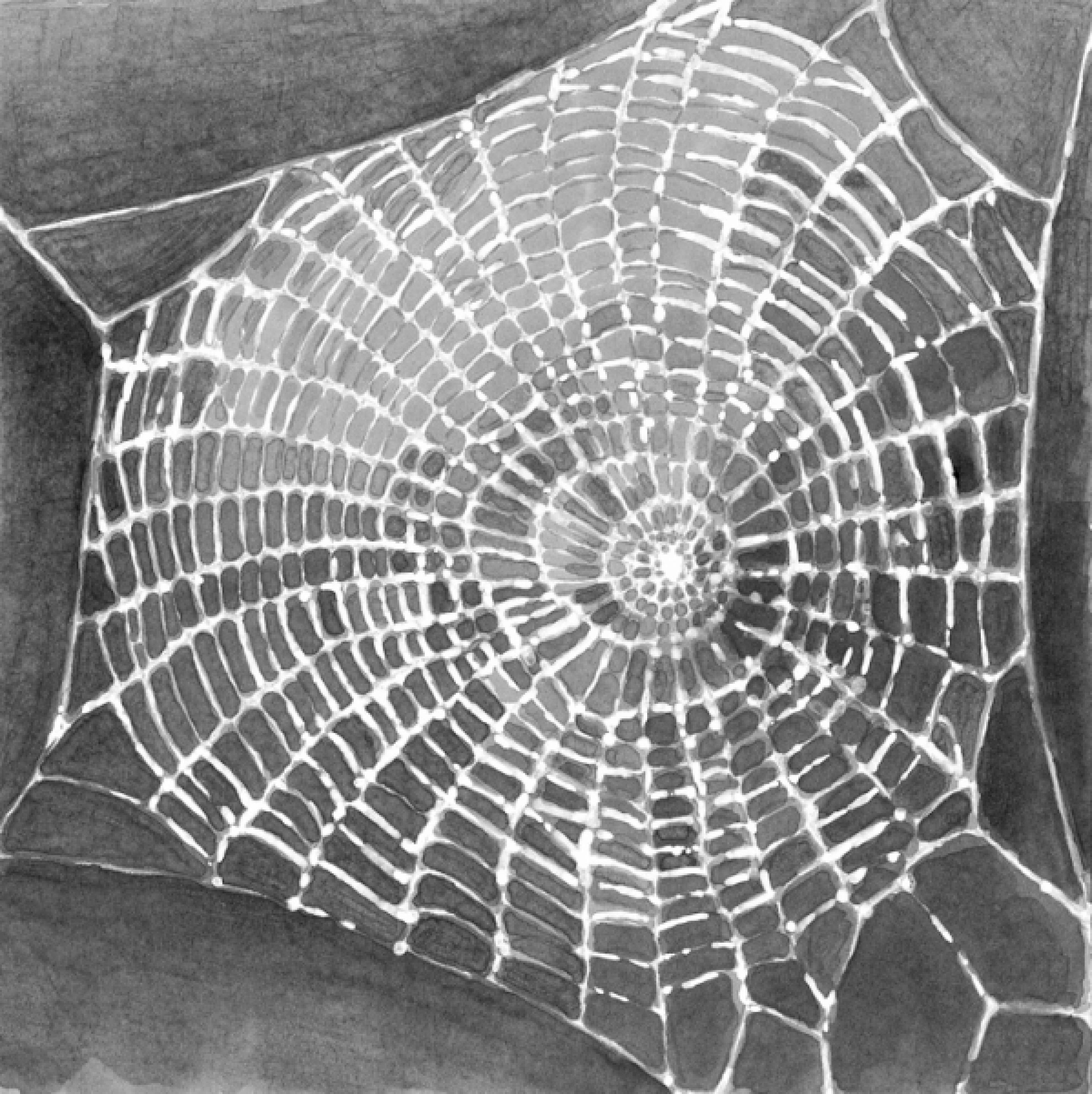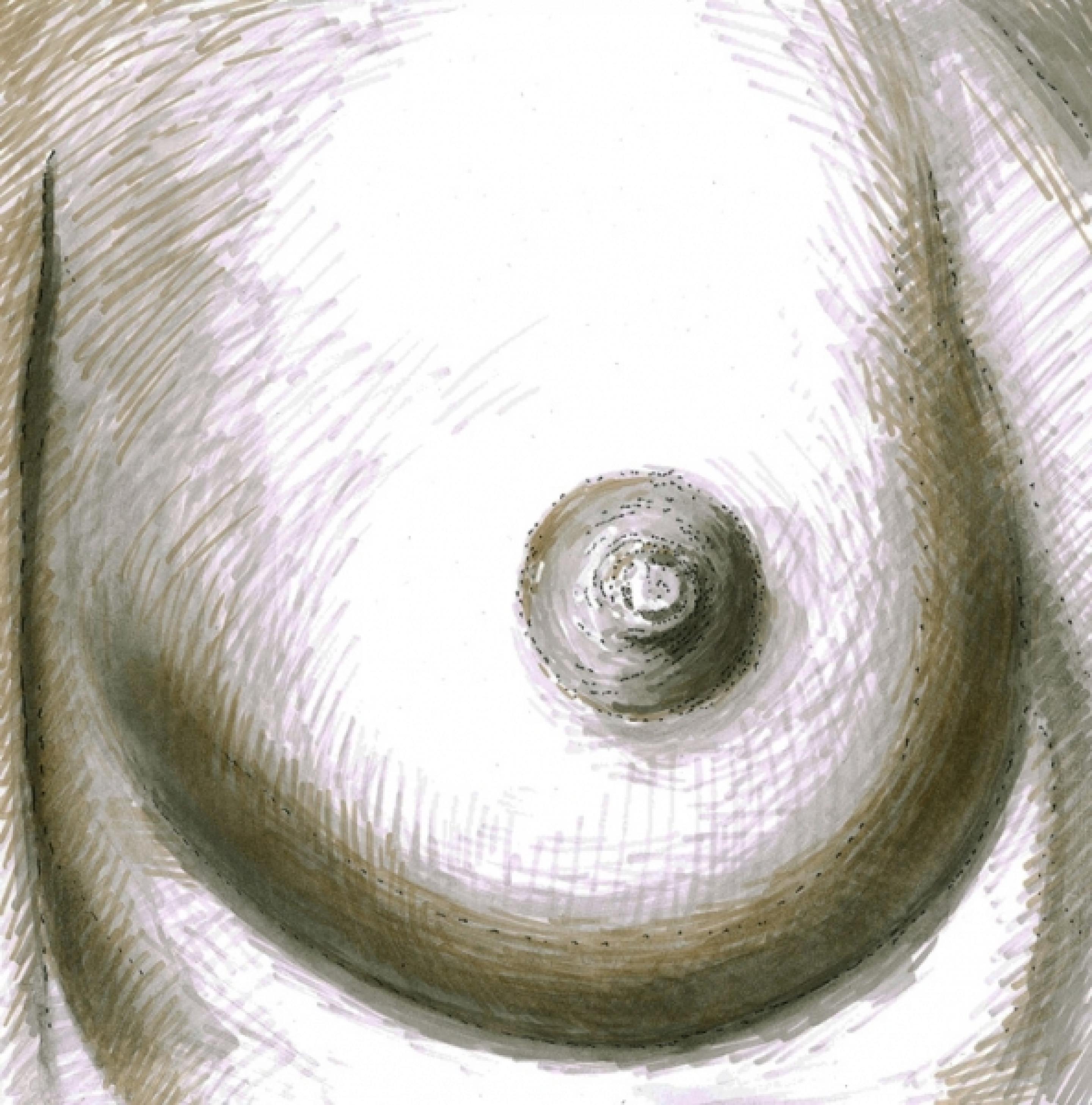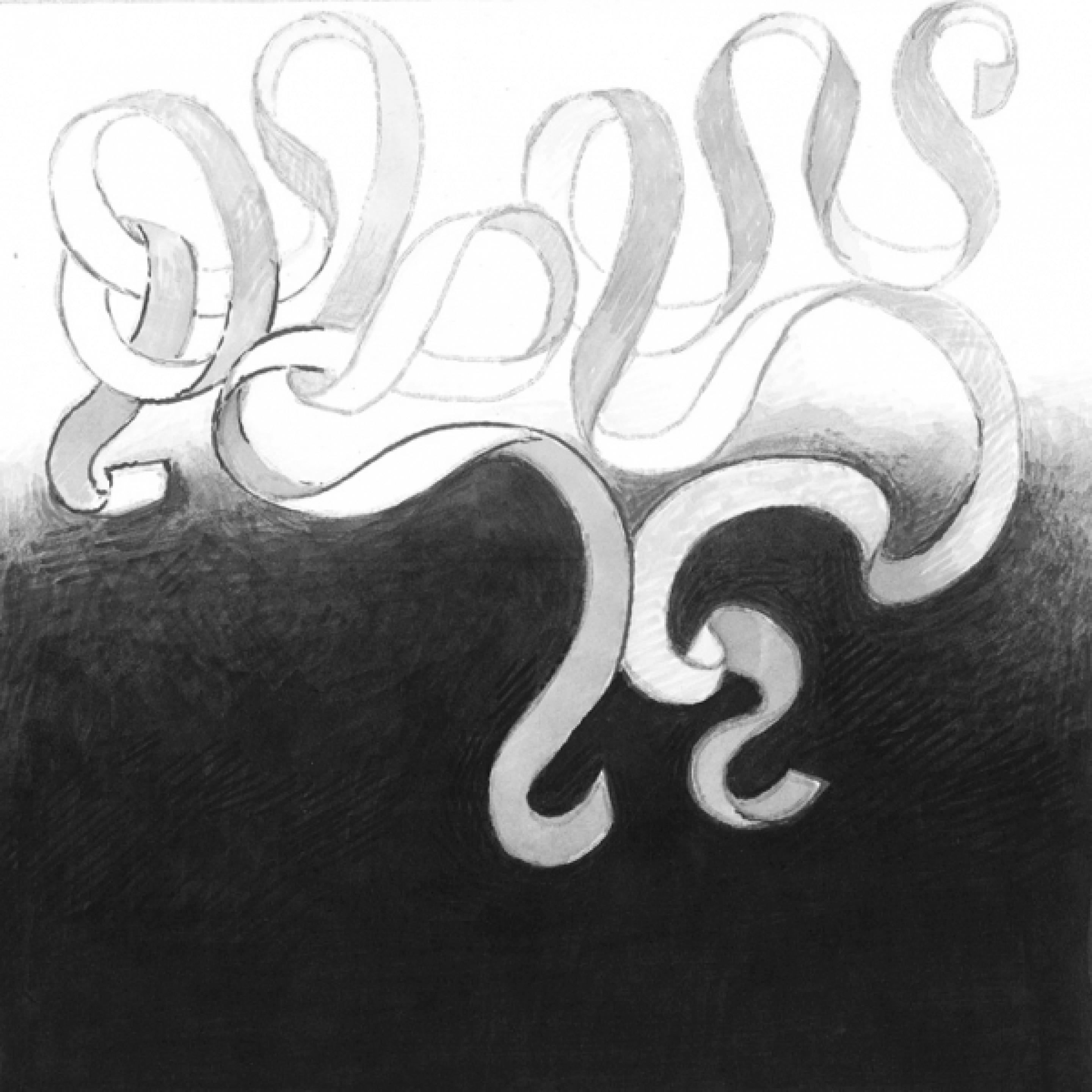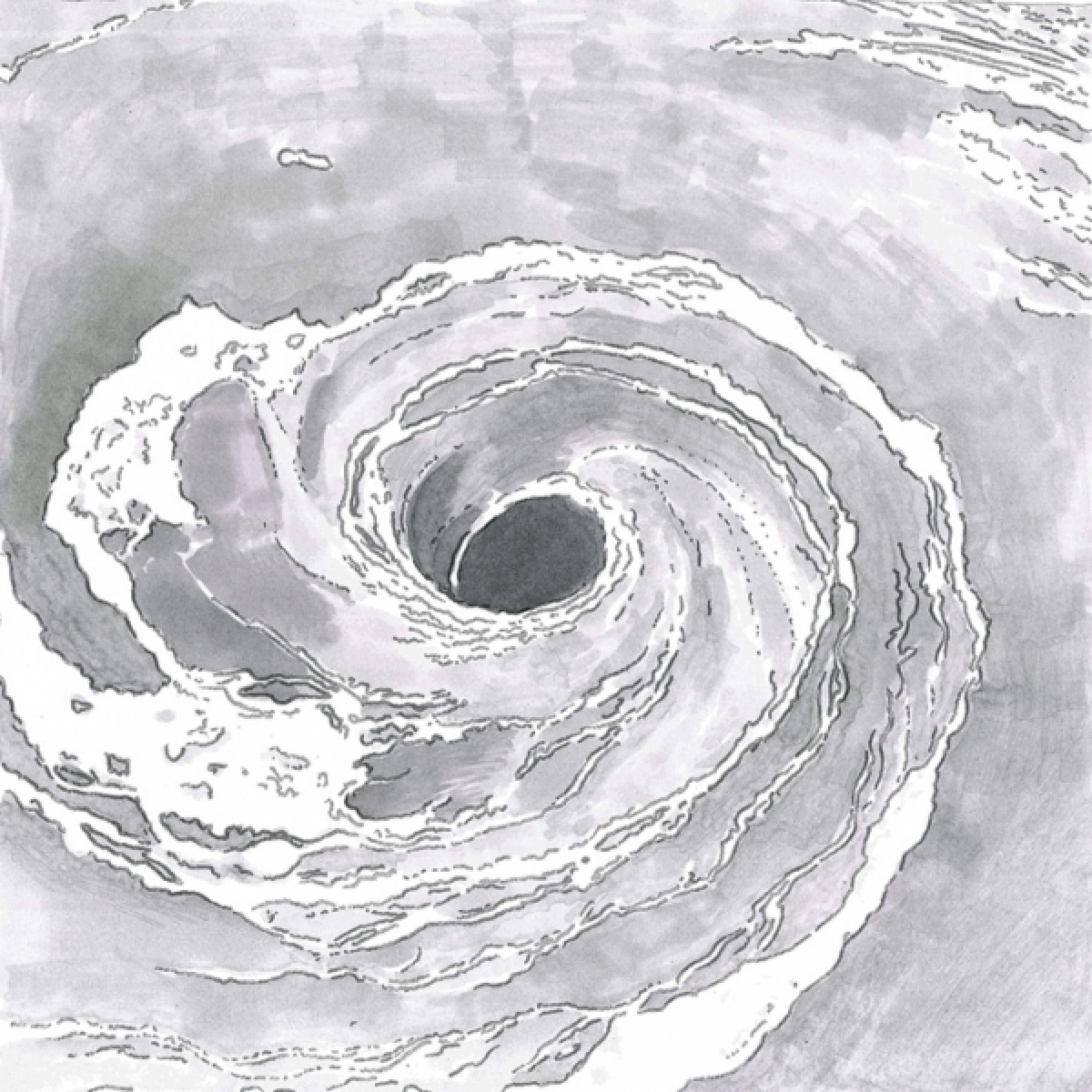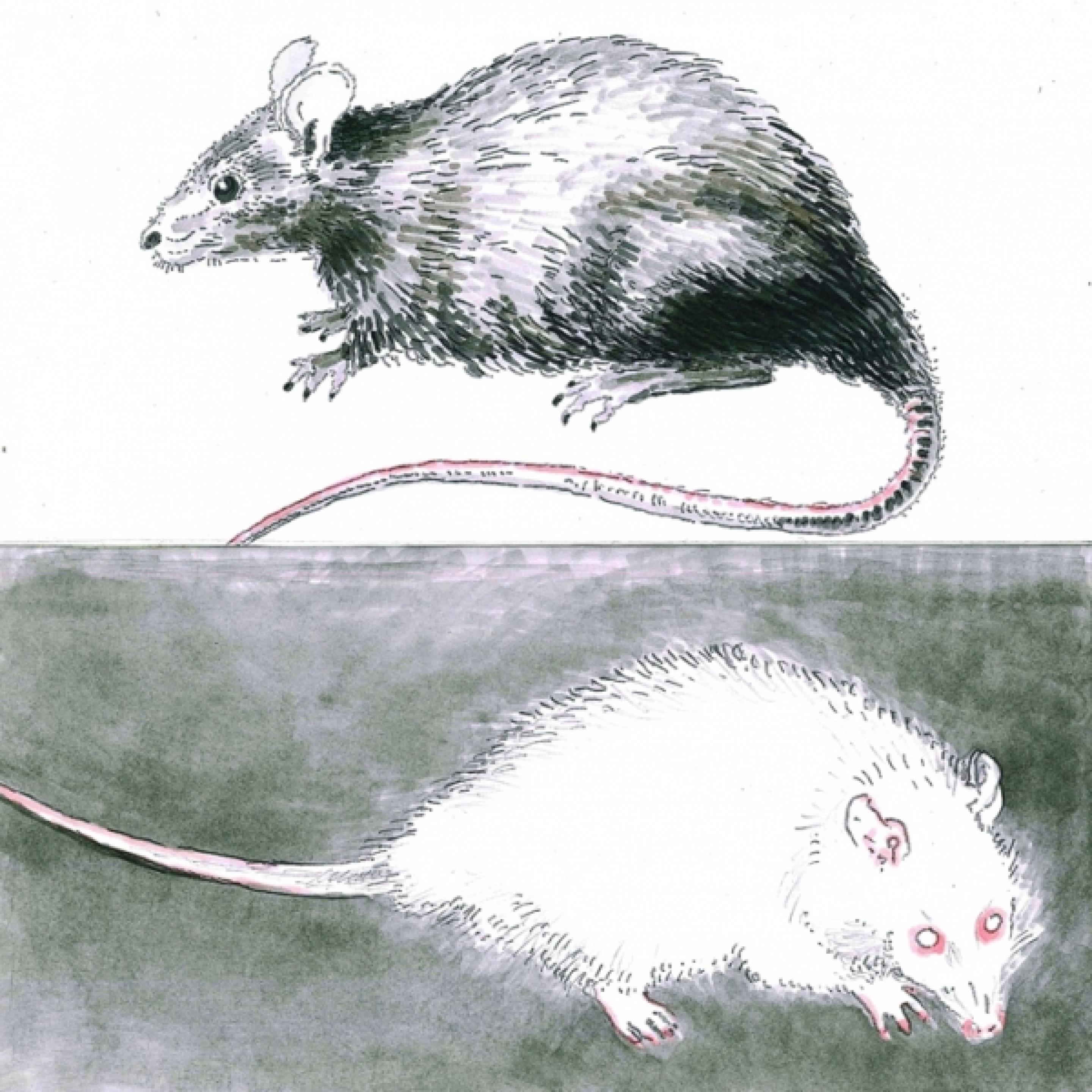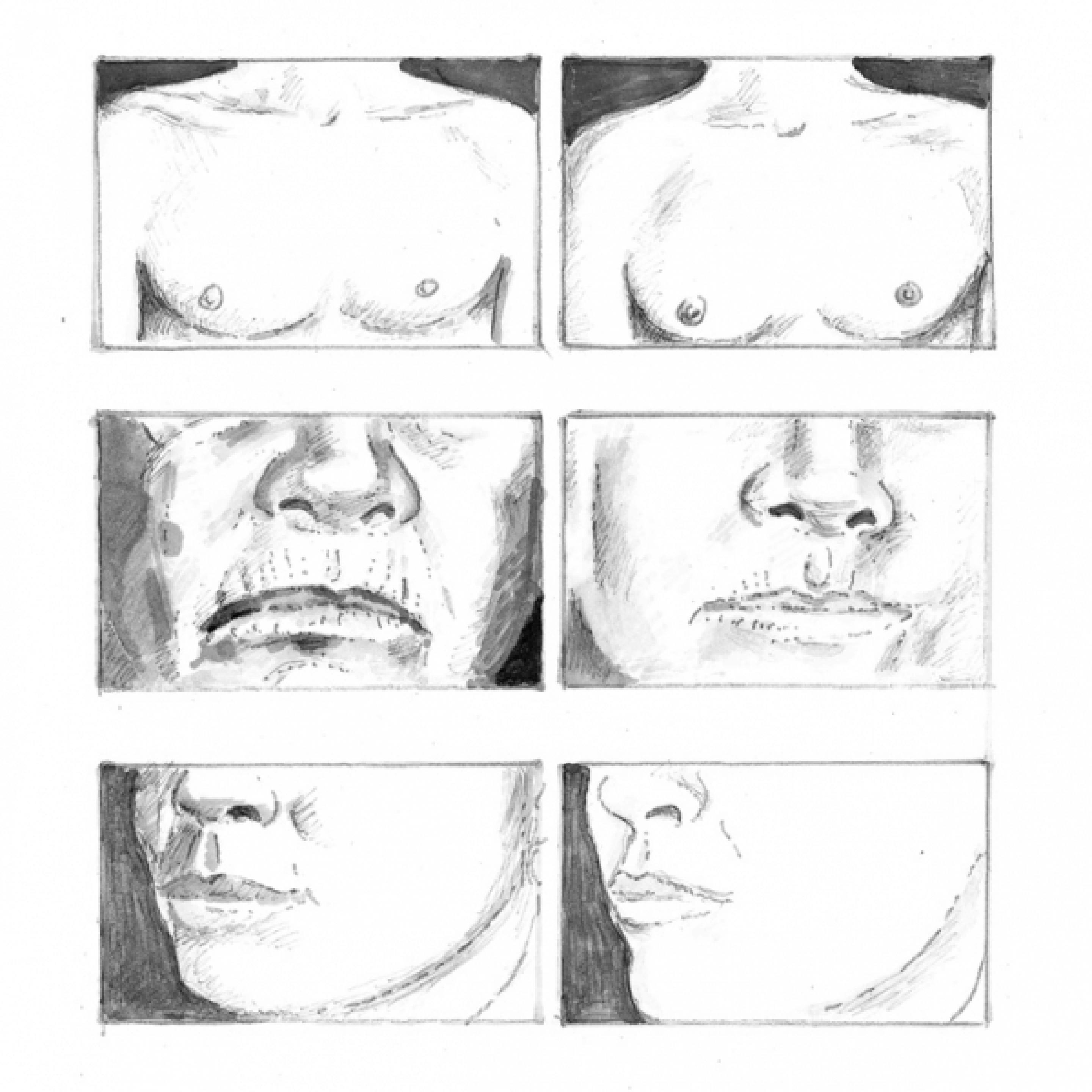AdrianoALTAMIRA
Conceptual Rigoletta by Adriano Altamira
02.2018–10.2018
Conceptual Rigoletta by Adriano Altamira
02.2018–10.2018
AdrianoALTAMIRA
Press Release
Conceptual Rigoletta
by Adriano Altamira
Opening: February 8, 2018
February 9 – March 10, 2018
by Adriano Altamira
Opening: February 8, 2018
February 9 – March 10, 2018
The Marconi Foundation is pleased to present an exhibition by Adriano Altamira.
“There are twelve panels. Each panel is a story. None of these stories originates from a real or fictitious event, but simply from the juxtaposition of several images that I’ve seen or, as they say, have passed through my mind and ignited a spark after friction occurred between them.”
In the words of Adriano Altamira, this is the subject of his latest installation at the Marconi Foundation, which takes its title from a brief, dazzling piece of nonsense, Conceptual Rigoletta, written by Altamira four years ago.
Despite its ironic appearance, Conceptual Rigoletta is in every way a true meditation on the status of the image and continues the conceptual research Altamira began in the Seventies, which culminated in his most important work: Area of Coincidence.
Conceptual Rigoletta is composed of about sixty drawings, divided into sequences of five and presented on twelve panels.
Together they form the narrative fabric of a novel in images, following the tradition begun by Max Ernst in the Thirties with La femme 100 têtes, Rêve d’une petite fille qui voulut entrer au Carmel and Une semaine de bonté.
In fact, the installation on show in the gallery, with the original drawings, symmetrically echoes the issue of a book published by Corraini: a true novel in images.
The installation and the book thus maintain a dialogue at a distance, which at the same time unites and divides them.
“There are twelve panels. Each panel is a story. None of these stories originates from a real or fictitious event, but simply from the juxtaposition of several images that I’ve seen or, as they say, have passed through my mind and ignited a spark after friction occurred between them.”
In the words of Adriano Altamira, this is the subject of his latest installation at the Marconi Foundation, which takes its title from a brief, dazzling piece of nonsense, Conceptual Rigoletta, written by Altamira four years ago.
Despite its ironic appearance, Conceptual Rigoletta is in every way a true meditation on the status of the image and continues the conceptual research Altamira began in the Seventies, which culminated in his most important work: Area of Coincidence.
Conceptual Rigoletta is composed of about sixty drawings, divided into sequences of five and presented on twelve panels.
Together they form the narrative fabric of a novel in images, following the tradition begun by Max Ernst in the Thirties with La femme 100 têtes, Rêve d’une petite fille qui voulut entrer au Carmel and Une semaine de bonté.
In fact, the installation on show in the gallery, with the original drawings, symmetrically echoes the issue of a book published by Corraini: a true novel in images.
The installation and the book thus maintain a dialogue at a distance, which at the same time unites and divides them.
A brief written appendix in the book reveals the salient elements of this narrative adventure.
The term Rigoletta has nothing to do with the Verdi opera, except for the fact that the short poem from which the exhibition takes its title is a sort of paraphrase of “La donna è mobile”, the famous aria from Rigoletto.
The poem says in fact: “Art remains immobile / what a rare event / it alters in the middle / of its thought”.
In their turn, the sixty drawings that make up the work are also a sort of paraphrase of the photographic sequences the artist has been creating thus far, but now, as drawings, they are transferred into a new atmosphere: dreamy, sometimes full of emotion and sometimes cruel.
The term Rigoletta has nothing to do with the Verdi opera, except for the fact that the short poem from which the exhibition takes its title is a sort of paraphrase of “La donna è mobile”, the famous aria from Rigoletto.
The poem says in fact: “Art remains immobile / what a rare event / it alters in the middle / of its thought”.
In their turn, the sixty drawings that make up the work are also a sort of paraphrase of the photographic sequences the artist has been creating thus far, but now, as drawings, they are transferred into a new atmosphere: dreamy, sometimes full of emotion and sometimes cruel.
